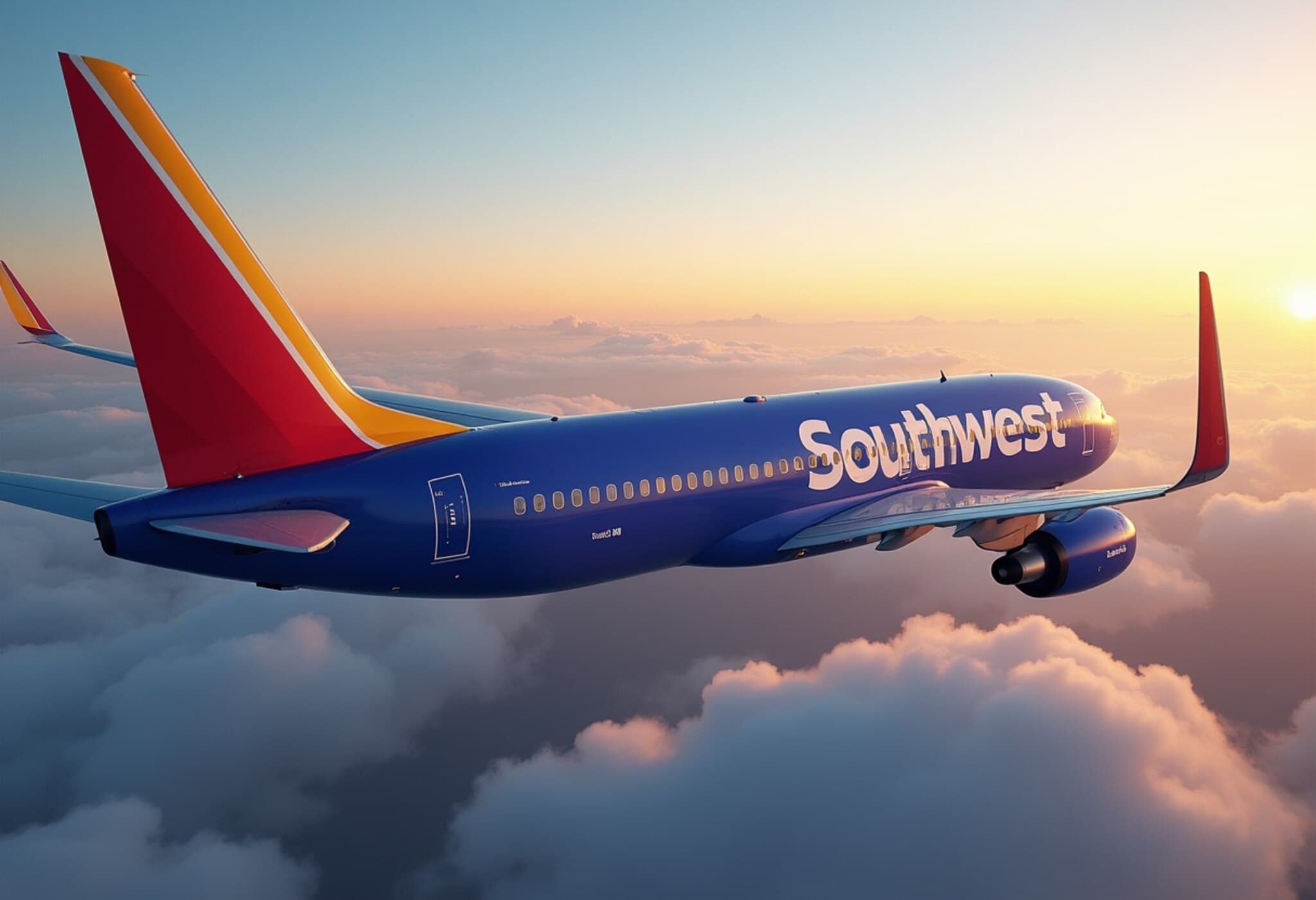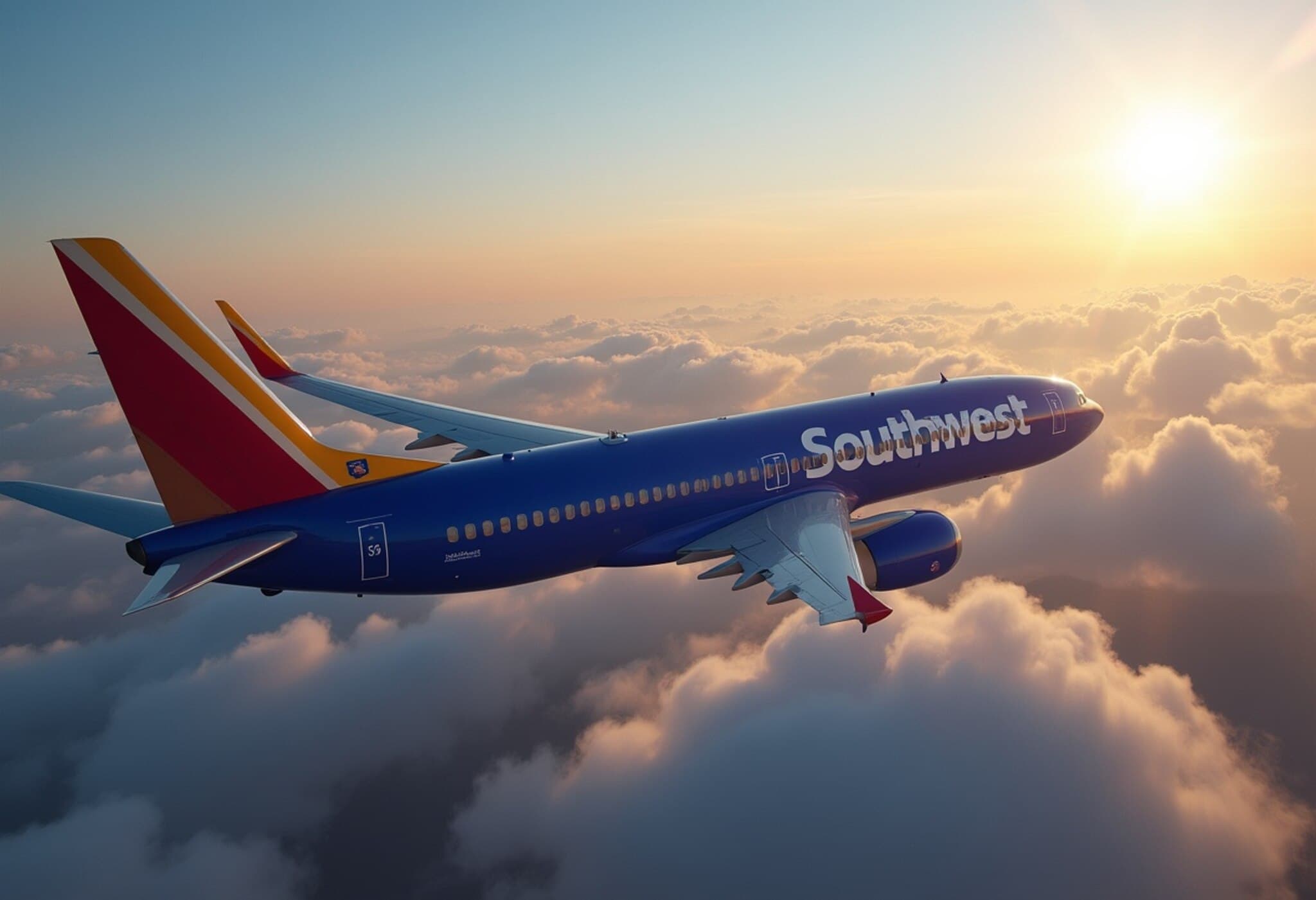Southwest Airlines Ends Open Seating Era with New Assigned Seat Fees
For the first time in its nearly 50-year history, Southwest Airlines has introduced assigned seating, a major shift from its trademark open seating policy that allowed passengers to choose any seat upon boarding. This new system, rolled out this week for flights scheduled in 2026, brings a pricing structure for seat selection similar to other major U.S. airlines—and it’s stirring both anticipation and some sticker shock among travelers.
Variable Pricing Based on Seat Type and Demand
The cost of securing a preferred seat with Southwest depends on multiple factors: the flight route, date of travel, and seating location within the aircraft. For instance, a roundtrip ticket in the “Choice” fare class (Southwest’s second least expensive option) from Denver to Orlando, departing February 14 and returning February 21 (around Presidents Day), was listed at about $692. Adding preferred seats — such as a window or aisle in rows 7 to 13 — could add roughly $46 per leg, while middle seats in those rows cost slightly less, around $41.
Extra-legroom seats located in the first six rows cost approximately $96 each way. Meanwhile, seats toward the rear of the plane (rows 17 through 30) remain free to select for “Choice” ticket holders, continuing some spirit of the no-frills experience Southwest is known for. Customers with elite status or Southwest credit cards may be eligible for fee waivers, a nod to rewarding brand loyalty.
How Southwest’s Fees Compare to Other Airlines
To put Southwest’s new pricing in perspective, a comparable flight on United Airlines for the same route and dates was priced slightly lower for tickets at $665, but extra-legroom seats ranged from $105 to $126 each way, with preferred seats costing between $37 and $42. This suggests Southwest’s seat fees are competitive, yet passengers accustomed to the airline’s historic approach may perceive the addition of these charges as a cultural shift.
The Business Logic Behind Southwest’s Shift
Southwest’s move reflects broader industry trends where seat-selection fees contribute billions each year to airlines’ bottom lines. Between 2018 and 2023, major U.S. airlines collected over $12 billion from seating fees alone, as revealed by a recent Senate committee report. Investors and analysts long speculated that Southwest’s absence of such fees left significant revenue untapped.
Prompted by pressure from shareholders—most notably activist hedge fund Elliott Investment Management, which took a substantial stake in Southwest in 2024—these changes, including the introduction of assigned seating and bag fees, mark a strategic evolution aimed at unlocking additional revenue streams.
Seat Classes and Benefits Explained
- Choice Ticket: Basic ticket with free seating towards the rear and optional paid preferred or extra-legroom seats.
- Choice Preferred Ticket: Includes assigned preferred seats in the more desirable rows.
- Choice Extra Ticket: Features extra legroom seats and complimentary premium beverages, including alcohol.
Frequent Flyers and Credit Card Holders Get Advantages
In recognition of loyal customers, Southwest is offering perks for frequent flyer elites and credit card holders. Top-tier A-List Preferred members can book extra-legroom seats at booking and enjoy two free checked bags. These travelers can also secure preferred seats 48 hours before departure, although availability isn’t guaranteed. Additionally, certain Southwest credit cards grant holders complimentary preferred seat access across fare types.
What to Expect Moving Forward
Southwest also launched a no-frills "basic economy" fare, which excludes advanced seat selection—a move expected to encourage passengers to upgrade to paid fares with assigned seating. According to Andrew Watterson, Southwest’s COO, the airline anticipates this transition will positively impact revenue early in 2026.
Expert Insight: Balancing Tradition and Profitability
From a business perspective, Southwest’s decisions mirror an industry reality where ancillary fees have become critical profit centers. Economically, assigned seating can reduce boarding chaos and improve customer experience for those willing to pay for preferred seats. However, it raises equity questions—is air travel becoming less accessible to customers on tighter budgets? How will these fees affect Southwest’s historic reputation for affordability and simplicity?
Furthermore, economists warn that while ancillary fees boost revenues, they also risk alienating price-sensitive travelers and complicating fare transparency. Southwest’s challenge will be to maintain its brand loyalty amid these changes while maximizing shareholder value.
Looking Ahead: Industry Implications and Traveler Choices
As Southwest embraces the fee-based seat assignment model, the move could set a precedent for other budget carriers that historically resisted such fees. Travelers must now weigh the cost versus convenience of assigned seating, especially for families and groups where seat selection matters more.
Whether Southwest's shift signals the end of a beloved era or an evolution necessary for competitive survival, it undoubtedly reshapes the dynamics of air travel economics and passenger expectations.
Editor’s Note
Southwest Airlines’ introduction of assigned seating marks a pivotal moment in American aviation history, blending tradition with modern airline economics. This change prompts important questions about how airlines balance profitability with customer experience and accessibility. As passengers adapt to paying for seats that were once free, readers should consider how these trends reflect wider shifts in the cost of travel and what that means for future flyers.

















